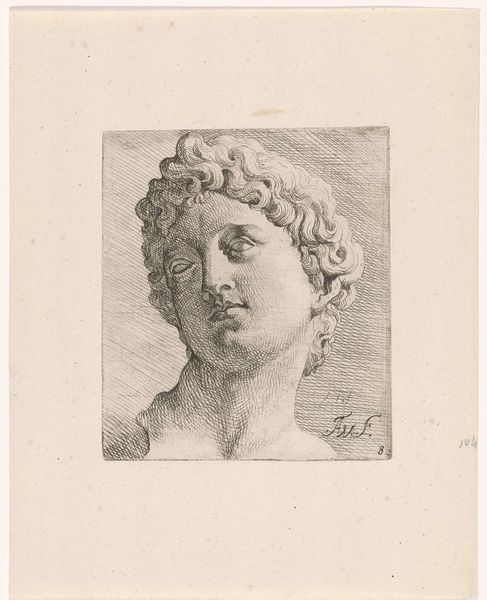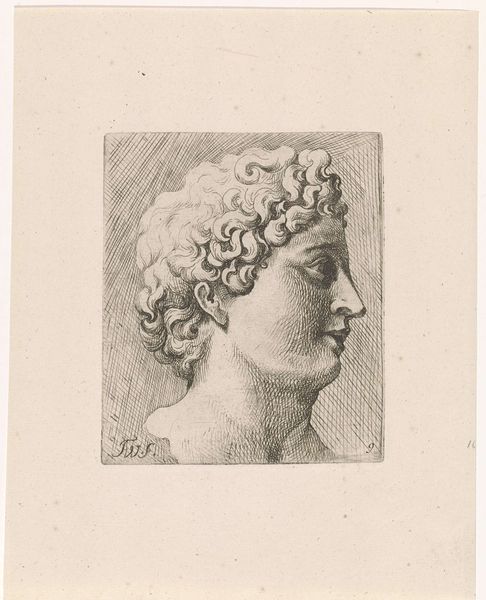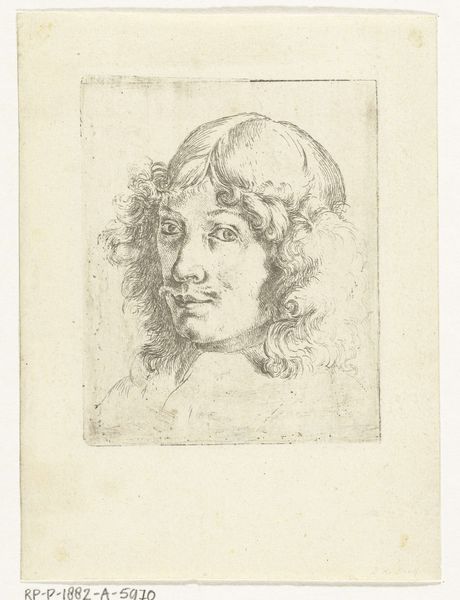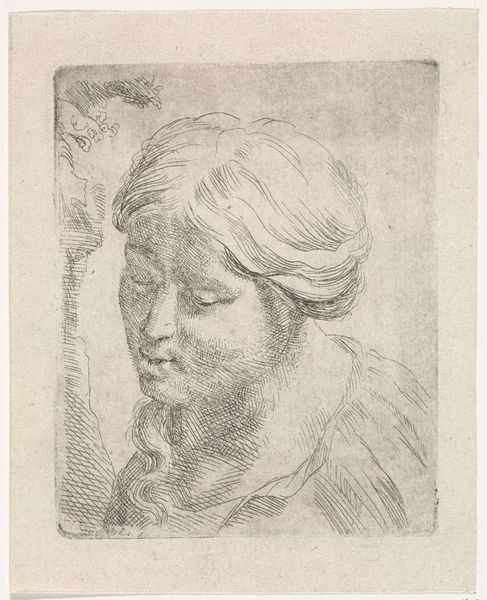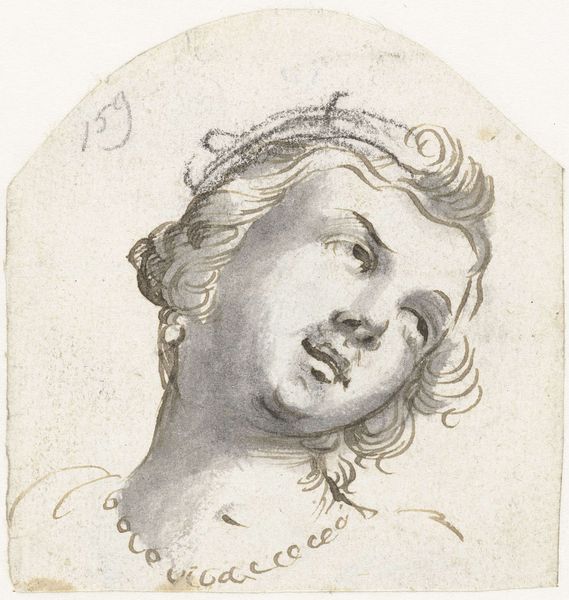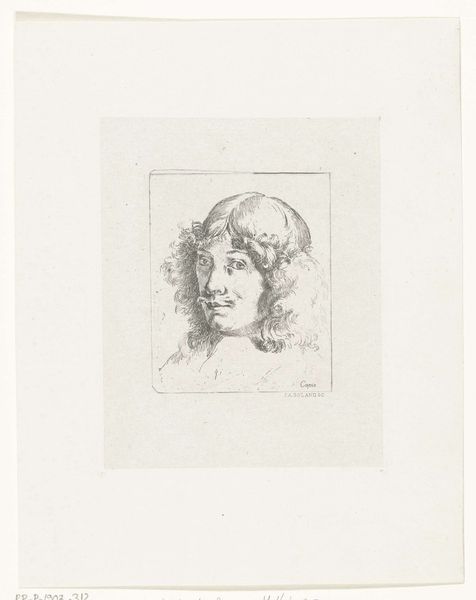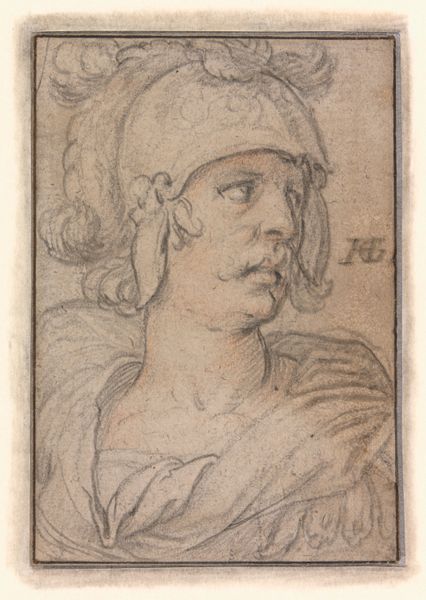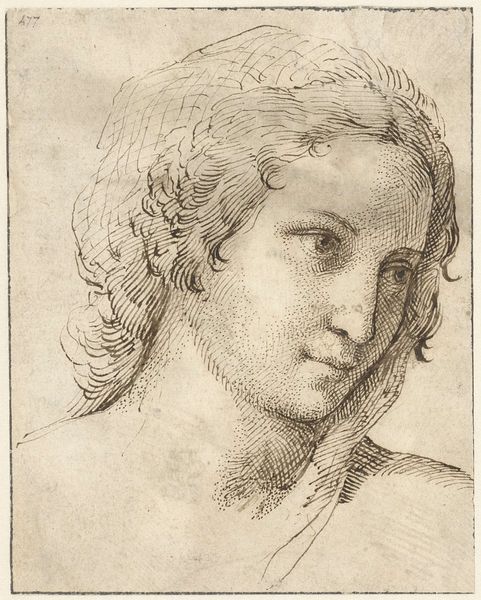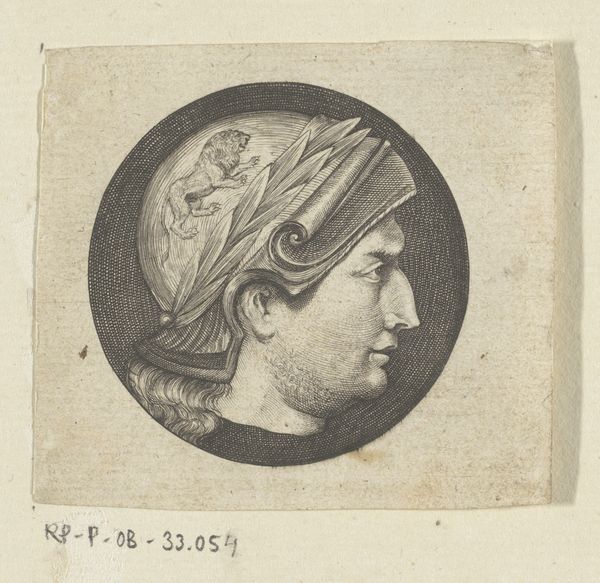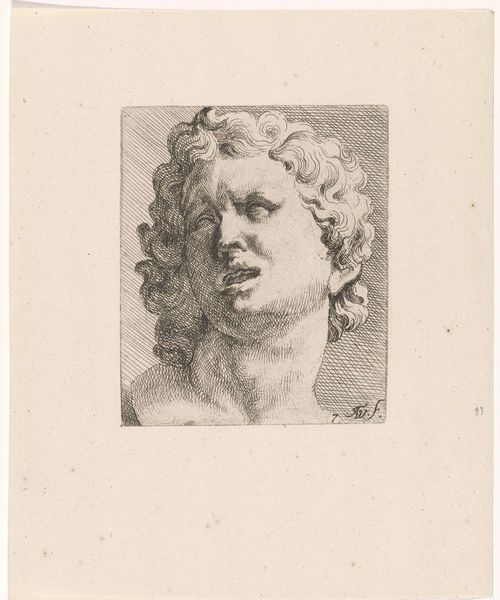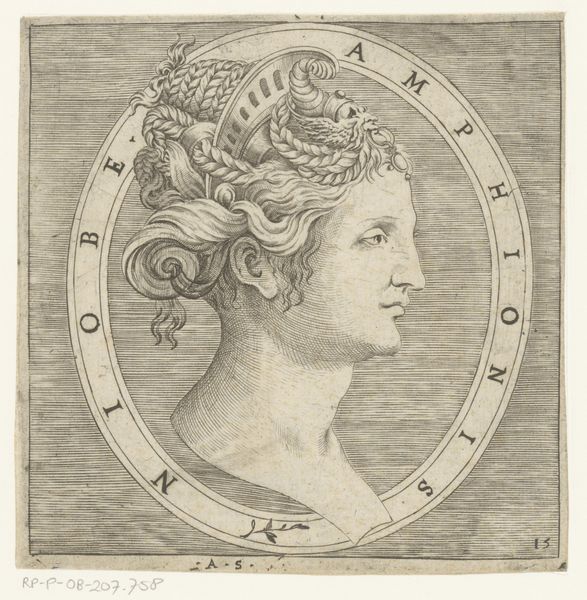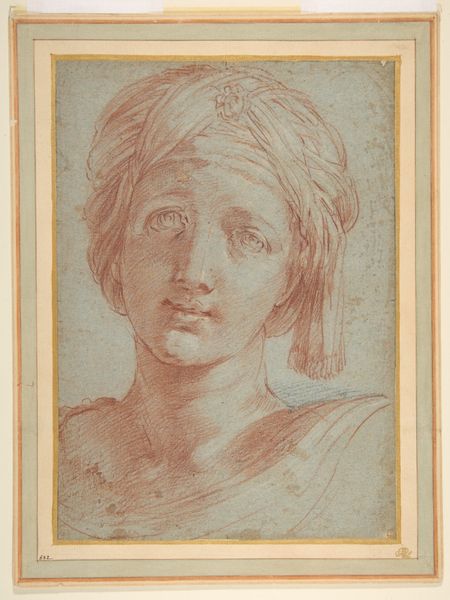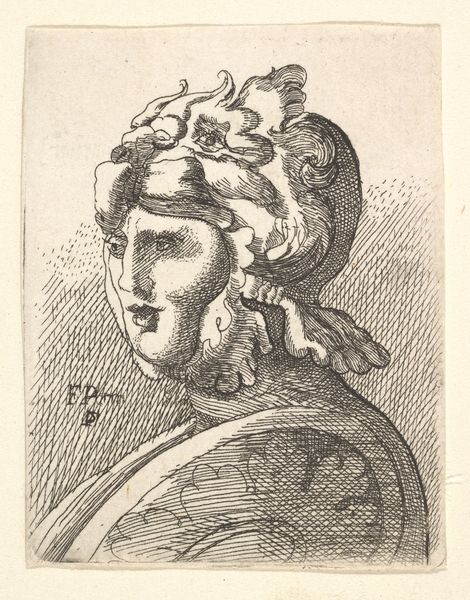
drawing, pencil
#
portrait
#
pencil drawn
#
drawing
#
baroque
#
pencil sketch
#
child
#
pencil
#
pencil work
Copyright: Rijks Museum: Open Domain
Editor: So here we have “Medaillon met kinderhoofd met kort krullend haar,” created between 1694 and 1752 by Peeter Snijers, a drawing rendered in pencil. The way the artist uses these quick, light lines… It gives the image this really ephemeral feel. What do you make of it? Curator: Ephemeral is the perfect word. It feels like catching a fleeting thought, doesn't it? Look at the circular form. It’s almost as if Snijers trapped the child's likeness in a locket, a memory encased in graphite. It makes me wonder, was this a study for a larger work? A quick sketch from life? What do *you* think the circular shape contributes? Editor: I like the locket idea. And now that you mention it, the circular form kind of intensifies the focus, doesn’t it? Less about the background, all about the child's face. But it also makes it feel a bit… incomplete? Curator: Precisely! The sketchiness enhances that. Think about the Baroque period—the grandeur, the elaborate ornamentation… and then we have this. Stripped back, immediate. It challenges those formal, idealized portraits of the era, no? Editor: Definitely. It feels more real. I keep wanting to reach out and smooth those tousled curls. This isn’t some perfect cherub, but an actual kid. Curator: Exactly! Snijers captured the spirit of childhood, all in these delicate lines. Art isn't always about grandeur; sometimes, it's about catching a feeling. I wonder what a detailed final painting based on this quick work would have felt like…! Editor: It’s funny. I didn't expect to feel so much just looking at a simple pencil drawing. Curator: And that’s the magic, isn’t it? Peeter Snijers reveals more than just a face. We glimpse something profoundly human, and utterly beautiful.
Comments
No comments
Be the first to comment and join the conversation on the ultimate creative platform.
